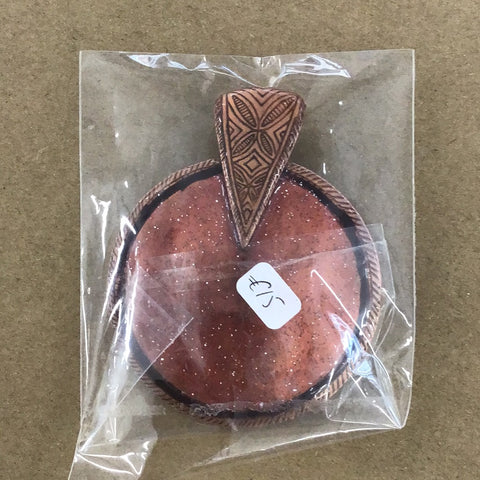
Todd Osaka
Dancing fujimusume Vintage doll
Fuji Musume (“Wisteria Maiden”) is a famous classical dance out of the Kabuki theater in Japan. Fuji (wisteria) Musume (maiden) was first performed in 1826 at Nakamura-za, Edo and was originally performed as one in a series of five dances.
Later in 1938, Onoe Baiko VII, the most famous Kabuki actor during his time, became associated with the dance after his portrayal of Fuji Musume at the Kabukiza Theater in Tokyo. His choreography and refinement of this dance helped to make it stand out and remain today as one of the most popular and famous Kabuki dances.
The story begins in Otsu, an area in outside of Kyoto and around Lake Biwa. Otsu is a city famous for its paintings. People would stroll its art-lined streets, viewing the beauty of the artisans works.
One painting in particular, that of the wisteria maiden, caught the eye of a male passerby. As he gazed upon the painting, the Wisteria Maiden became infatuated. So infatuated in fact, that she came to life, stepping out of the painting. The maiden is dressed in long flowing kimono; black-lacquered bamboo hat and carrying a beautiful branch of fuji (wisteria). She writes beautiful, heartfelt letters to her love. The letters however go unanswered.
The story continues on as she dances under a beautiful pine tree, covered in wisteria. The dancer expresses the emotions found in unrequited love in the manner of women of the Edo era (1603-1868). Eventually, sadness and despair take over our maiden and, heartbroken, she returns to the painting. Her return to the painting remains the last pose of the dance.
The Fuji Musume dance is accompanied by Nagauta music. Nagauta is the most important school of music in Kabuki theater as it has developed in conjunction with Kabuki.
Later in 1938, Onoe Baiko VII, the most famous Kabuki actor during his time, became associated with the dance after his portrayal of Fuji Musume at the Kabukiza Theater in Tokyo. His choreography and refinement of this dance helped to make it stand out and remain today as one of the most popular and famous Kabuki dances.
The story begins in Otsu, an area in outside of Kyoto and around Lake Biwa. Otsu is a city famous for its paintings. People would stroll its art-lined streets, viewing the beauty of the artisans works.
One painting in particular, that of the wisteria maiden, caught the eye of a male passerby. As he gazed upon the painting, the Wisteria Maiden became infatuated. So infatuated in fact, that she came to life, stepping out of the painting. The maiden is dressed in long flowing kimono; black-lacquered bamboo hat and carrying a beautiful branch of fuji (wisteria). She writes beautiful, heartfelt letters to her love. The letters however go unanswered.
The story continues on as she dances under a beautiful pine tree, covered in wisteria. The dancer expresses the emotions found in unrequited love in the manner of women of the Edo era (1603-1868). Eventually, sadness and despair take over our maiden and, heartbroken, she returns to the painting. Her return to the painting remains the last pose of the dance.
The Fuji Musume dance is accompanied by Nagauta music. Nagauta is the most important school of music in Kabuki theater as it has developed in conjunction with Kabuki.


